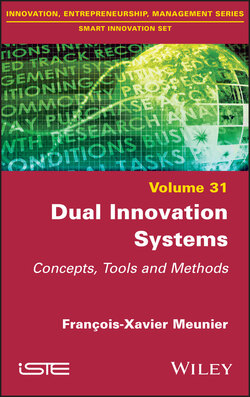Читать книгу Dual Innovation Systems - Francois-Xavier Meunier - Страница 10
1
Definitions of Technological Duality 1.1. Introduction
ОглавлениеThe relationship between civilian production and military production has evolved throughout the centuries. However, it was after World War II that this relationship developed considerably, and also became more complex. The period prior to the 1970s abounds in “spontaneous” technological spin-offs resulting from military innovations produced during World War II. Then, during the 1980s, the technological initiative attributed to the defense industry was called into question; it was the end of the spin-offs paradigm (Alic 1994). From a pure economic perspective, military expenditure became more difficult to justify.
In the transition period between the 1970s and 1980s, the term “dual use” was introduced in the United States to justify civilian R&D expenses on defense budgets, and thus bypass WTO rules (Uzunidis and Bailly 2005). Many authors have since then studied this notion, approaching it from various angles (Gummett and Reppy 1988; Alic et al. 1992; Alic 1994; Cowan and Foray 1995; Molas-Gallart 1997; Kulve and Smit 2003; Guichard 2004a; Mérindol and Versailles 2010). While duality between civilian and military sectors obviously suggests a rapprochement between these two sectors, no consensual definition has been reached. There are two major lines of research in the literature. The first one focuses on the object supporting duality, while the second deals with the actors and the objectives they are trying to reach through duality.
This chapter presents a review of the theoretical and empirical literature on duality and related concepts, aiming to highlight the key characteristics of this phenomenon.
